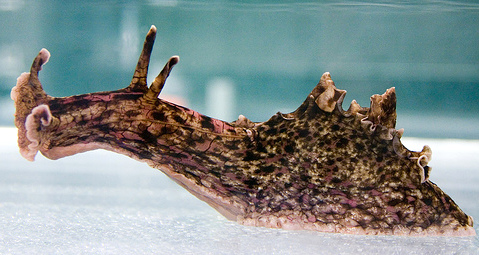Sea snail memories swapped
 Scientists have taken memories from one sea snail and injected them into another.
Scientists have taken memories from one sea snail and injected them into another.
US scientists say they have successfully transferred memories between sea snails by injecting genetic material called RNA from a trained snail into an untrained animal.
The trained snail (Aplysia californica) had been sensitised to having its tail stimulated, triggering an involuntary defensive reflex. When RNA was removed from the trained snail and injected into another snail, which was not trained, the recipient showed a similar sensitised response.
Long-term memory is thought to be housed within modified connections between brain cells.
Recent evidence, however, suggests an alternative explanation: Memory storage may involve changes in gene expression induced by non-coding RNAs.
Researcher David Glanzman wanted to test the possibility that RNA from the trained could be used to create an engram — the elusive substrate of memory — in an untrained animal of the same species.
The trained RNA also increased the excitability of cultured sensory neurons, obtained from untrained animals, which control this reflex.
The findings raise the possibility that RNA could be used to modify memory.







 Print
Print